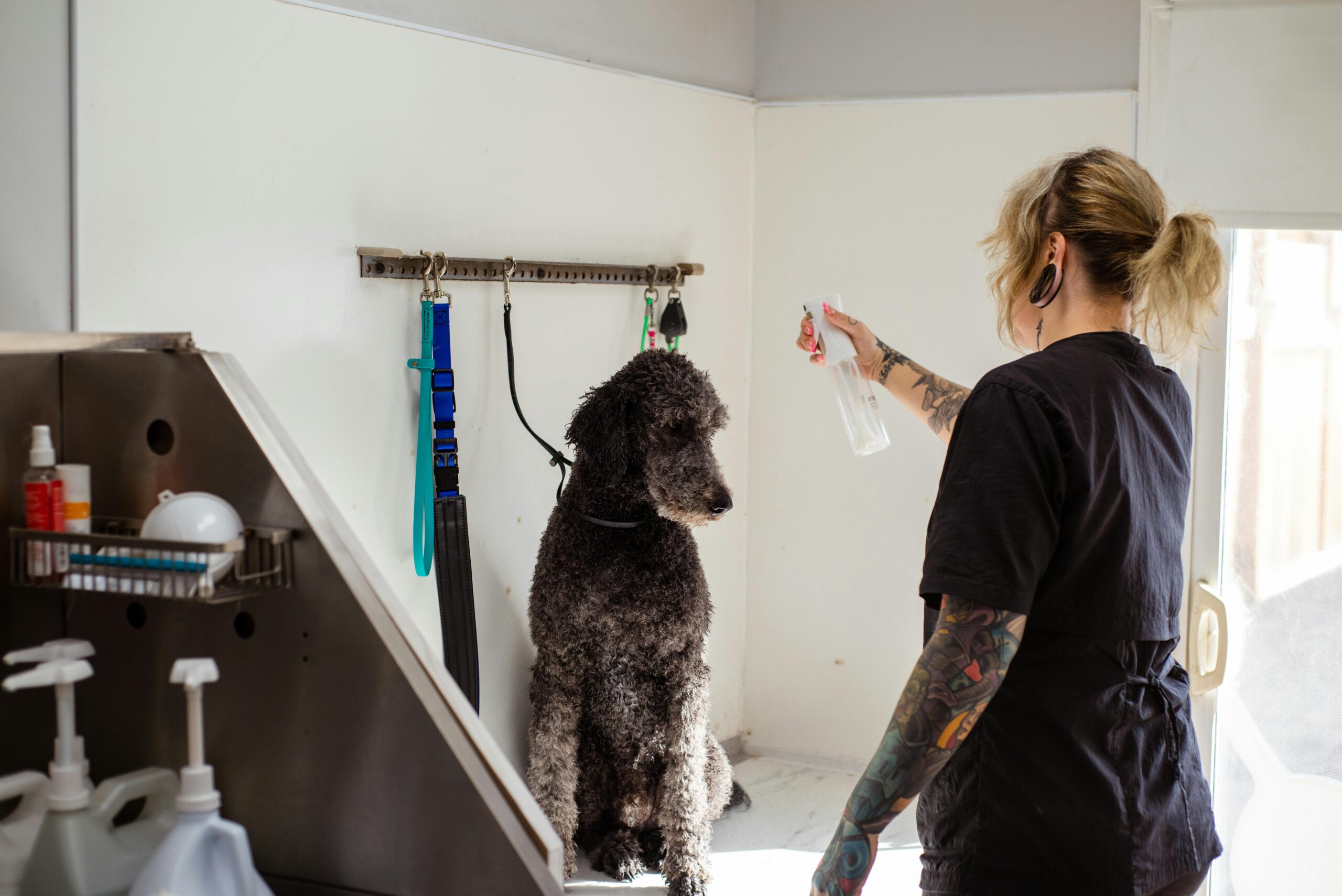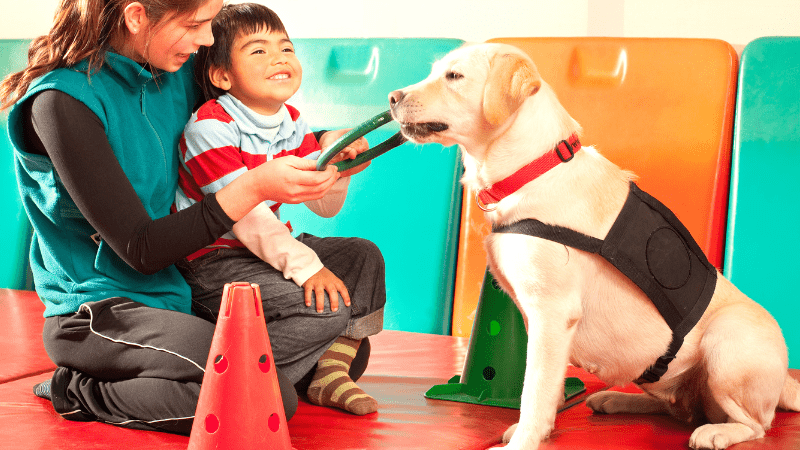From Charlie Brown’s beloved pet, Snoopy, to Garfield’s main sidekick, Odie, Beagles have etched their place in both pop culture and our hearts alike.
But beneath those floppy ears hides a dark secret.
Beagles As Lab Animals
Did you know that Beagles are the most common dog breed used in clinical research and animal testing?
Join us today on Vet tips as we delve into the world of Beagle testing, uncovering its causes and questioning its ethical implications.
The first thing you need to understand is that animal experiments are not the same as taking your furry friend to the vet.
Lab animals are deliberately harmed and usually killed at the end of the experiment.
From injecting harmful substances to subjecting them to inhaling toxic gases, the methods can be very distressing.
But what’s more shocking is the extensive range of animal species subjected to these experiments, extending beyond the conventional lab rats.
Monkeys, apes, fish, rabbits, and even wild animals find themselves unwilling participants.
Tragically, this list includes man’s best friend, dogs.
Dogs are widely used in biomedical research, testing, and education.
I mean, we’re all familiar with the story of Pavlov’s dogs or that of Laika the Soviet space dog, right? They’re both famous examples of animal testing involving dogs!
But here’s a little-known fact: dog testing also played a vital role in revolutionizing diabetes treatment!
Dog As A Experimented Animals (In History)
You see, insulin was first isolated from canine pancreases in 1921, and further research with these dogs demonstrated how insulin helps adjust blood sugar levels.
Simply put, testing with dogs has been crucial in improving quality of life for both humans and animals.
However, dogs are often involved in research that is said to be all too invasive.
They serve as models for both human and animal diseases, particularly in fields like cardiology, endocrinology, and bone and joint studies.
However, their most common role is in assessing the safety of new medicines, whether for humans or animals.
And the numbers alone speak volumes.
According to the Humane Society of the United States, an average of 44,000 dogs per year have been used in experiments over the last three years in America alone.
In comparison, Britain conducted 4,122 regulated experiments on dogs in 2022, 4,014 of which were none other than Beagles.

Why Beagles?
Alright, let’s return to the central question then: Why Beagles?
Well, back in the early 20th century, scientists did not have a reliable way to get dogs for their experiments.
The dogs available to them were often inconsistent in breed and health, with researchers frequently resorting to strays and mutts.
Eventually, in the 1930s, the FDA attempted to address this issue by breeding Irish terriers specifically for toxicity testing.
However, this endeavor was short-lived as the terriers proved to be too high maintenance.
Scientists continued to argue about which dog would be a better choice, but no conclusion was reached.
By the 1950s, however, one dog had captured the hearts of the American public: Snoopy from the Peanuts comic strip.
This newfound adoration led to Beagles quickly becoming the most popular breed with the American Kennel Club.
The Beagle’s popularity eventually extended into science as well, spearheaded by The Atomic Energy Commission which launched the most expansive beagle study ever conducted.
Nuclear scientists wanted to study the long-term consequences of radiation, following the U.S. atomic bombings in Hiroshima and Nagasaki.
However, traditional lab rats, with their shorter lifespans, weren’t suitable for this research.
So, scientists turned to Beagles, readily available due to their widespread popularity across the United States.
Experimentation Continues
For the next 30 or so years, virtually every major American university would conduct radiobiology studies using beagles.
Much of the foundations of what we know about the health effects of radiation today comes from these beagle tests.
This way, a trend was set for using Beagles for testing, which in turn prompted scientists to use more Beagles.
After all, the extensive historical data on Beagles enables researchers to contextualize and interpret new findings effectively.
Moreover, the dogs’ small size and docile nature make them highly manageable, providing additional justification for their predominant use in experiments.
Pharmaceutical researchers soon followed suit.
In the 1960s, as stricter laws and more rigorous drug testing standards were implemented, a new practice emerged.
Dogs and monkeys were introduced as an intermediate step between rodent tests and human trials.
Arnold Lehman, director at the FDA’s Division of Pharmacology, even made it clear in 1963 that when the FDA mentioned “dog,” it essentially meant “beagle.”
Regulators around the world, including Germany and Japan, eventually mirrored this and started using Beagles as well.
Today, there are for-profit scientific beagle breeders in the United States, England, Japan, China and a few other countries.
Despite their contributions, however, corporations seem to have failed to give our Beagle heroes the respect they deserve.
In a recent incident in 2022, federal authorities had to intervene and relocate nearly 4,000 Beagles from a breeding and research facility in Virginia.
The New York Times covered this distressing situation, shedding light on the heartbreaking conditions these Beagles endured.
One Beagle was discovered with her foot trapped in shoddy flooring for an extended period, resulting in dehydration.
Tragically, nine injured Beagles were euthanized without receiving proper veterinary care, while 196 pups were put down without anesthesia.
Thankfully, many of the abused Beagles were fortunate enough to find loving homes through adoption.
One lucky pup even found a home with Prince Harry and Meghan!
This isn’t an isolated incident, however.
Across the country, you’ll find numerous cases of lab dogs enduring unimaginably inhumane living conditions.
Confined to cages that are barely larger than their own bodies, these dogs are deprived of the freedom to move around comfortably or even step outside.
Many never experience sunlight, fresh air, or the opportunity to exercise.
In fact, investigators compare the conditions in these facilities to the dog meat slaughterhouses in China!

And with that, we can finally address the elephant in the room:
Should we continue testing on dogs?
The ethical implications of animal testing as a whole are debatable.
While it has undoubtedly contributed to scientific advancements, one must question whether the suffering endured by the test subjects is justified.
Is animal testing truly indispensable?
Opinions on this matter may vary and we’d love to hear your thoughts in the comments below.
Hopefully, with the emergence of more ethical research methods, such as stem cell research, the necessity for animal testing will diminish over time.
Wanna read about best dog breeds for Autism Patients! Click here.








